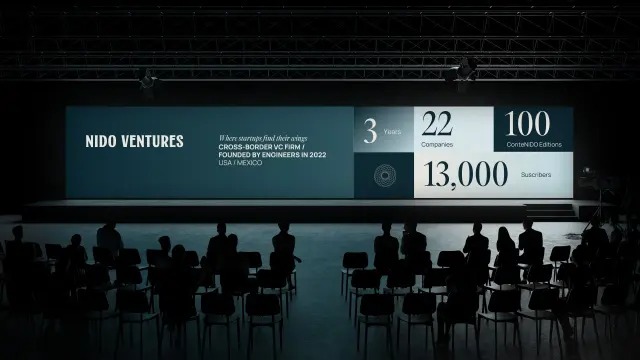AI-powered coding assistants like GitHub Copilot and Amazon CodeWhisperer are now essential tools for developers, boosting productivity and reducing bugs.
The integration of artificial intelligence (AI) into software development workflows has reached a new milestone in 2025. AI-powered coding assistants, once considered experimental, are now mainstream tools across startups, enterprises, and open-source communities. Tools like GitHub Copilot, Amazon CodeWhisperer, Tabnine, and new players in the space are fundamentally transforming how software is written, tested, and deployed.
AI in the IDE: From Helper to Co-Author
Gone are the days when AI simply auto-completed code snippets. Today, AI assistants act as collaborative co-authors within IDEs like Visual Studio Code, JetBrains IntelliJ, and even web-based editors. They generate entire functions, refactor code, write test cases, and even suggest documentation—all context-aware and tailored to the developer’s style.
Key capabilities include:
-
Autocompletion with context awareness
-
Automatic unit test generation
-
Inline documentation and comments
-
Code translation between languages
-
Bug detection and resolution suggestions
-
Seamless integration with Git and CI/CD
Developer Productivity at Scale
According to a 2025 Stack Overflow Developer Survey, 72% of professional developers use an AI assistant at least weekly, and 45% say their daily productivity has increased significantly. Teams are seeing:
-
Faster prototyping
-
Reduced syntax errors
-
Quicker learning curves for new languages or frameworks
-
Time savings in writing boilerplate and repetitive code
For junior developers, AI tools serve as mentors. For seniors, they act as powerful accelerators.
New Ethical and Security Considerations
With AI generating large chunks of production-ready code, questions around code ownership, license compliance, and security have become critical. Developers and organizations must ensure:
-
AI-generated code complies with open-source licenses
-
Security vulnerabilities are not inadvertently introduced
-
Biases from training data are not encoded in production systems
Security tools are evolving in parallel to scan and audit AI-generated code.
Impact on Software Engineering Roles
While AI tools streamline routine tasks, they also reshape developer responsibilities:
-
Focus shifts from syntax to system design and architecture
-
Code review roles become more critical to ensure quality
-
Pair programming now includes human + AI collaboration
-
Increased emphasis on understanding prompt engineering
Roles like “AI Code Architect” are emerging, tasked with integrating AI into dev pipelines responsibly and effectively.
Language and Framework Expansion
AI assistants in 2025 support a wider range of languages than ever before. From legacy platforms like COBOL to modern stacks like Rust, Go, and TypeScript, AI tools offer language-specific insights, debug suggestions, and documentation generation.
Developers switching tech stacks now face shorter onboarding times thanks to AI’s guidance and contextual documentation.
Continuous Learning and Custom Models
Enterprises are increasingly training custom AI models on internal codebases. This results in assistants that understand proprietary libraries, naming conventions, and design patterns—effectively acting like seasoned team members.
Some companies are even embedding fine-tuned models into their internal IDE plugins to maintain confidentiality and domain-specific accuracy.
Integration with DevOps and CI/CD
AI tools now participate across the software lifecycle:
-
Writing commit messages
-
Suggesting pull request improvements
-
Auto-generating release notes
-
Alerting on potential merge conflicts or regressions
Combined with tools like GitHub Actions and Jenkins, AI makes continuous integration smarter and more context-aware.
The Future: From Reactive to Proactive AI
While today’s assistants are largely reactive (responding to what the developer is doing), the future is proactive. Roadmaps include:
-
AI suggesting entire architectural patterns before development begins
-
Conversational interfaces (via voice or text) that let developers describe a feature and generate code
-
AI monitoring production performance and recommending backend improvements in real-time
This shift may redefine software engineering as more about designing what the system should do and letting AI handle the implementation.






























